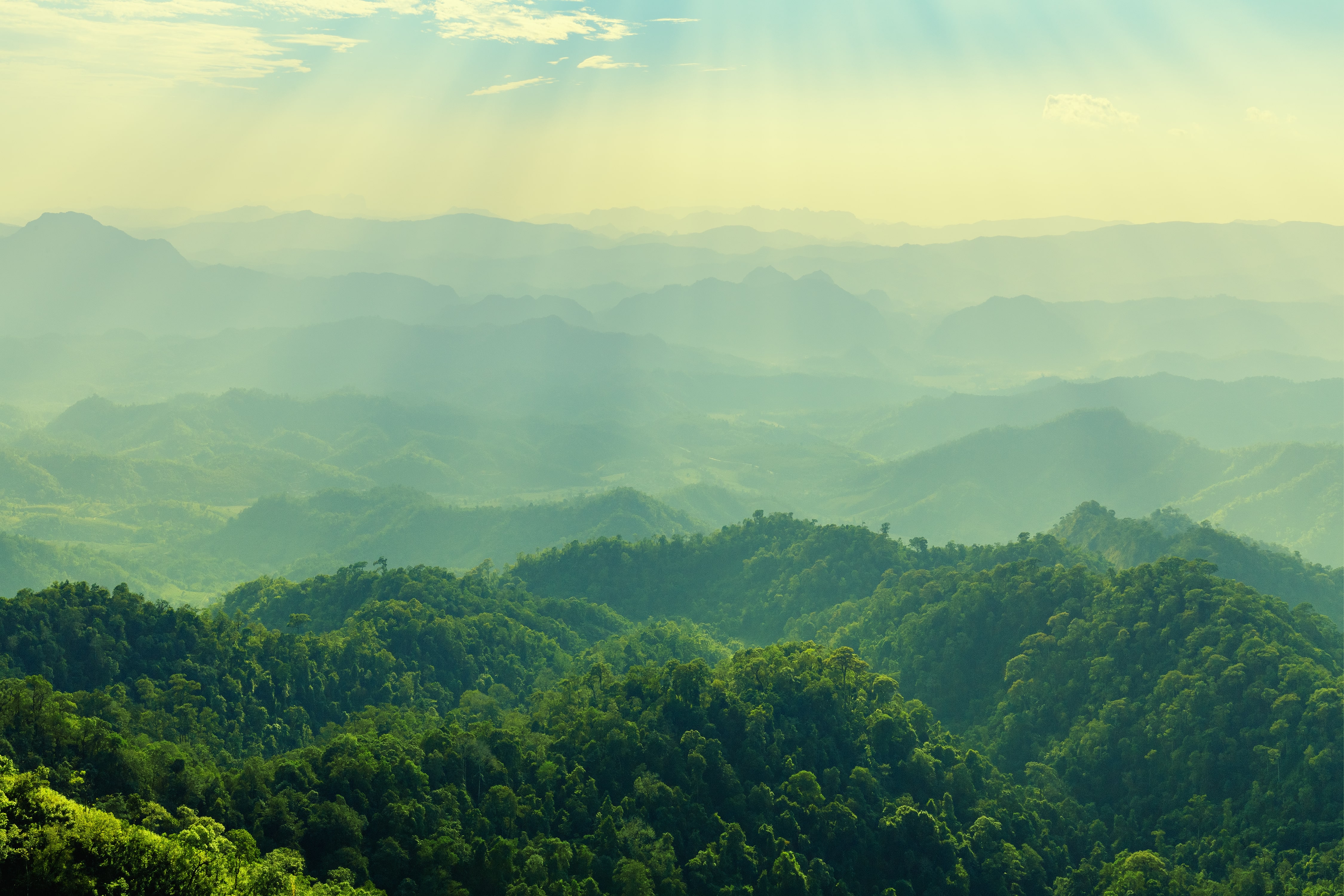
World Bank’s $3.75 Billion Coal Loan to Eskom: Neither Green nor Just
By Bobby Peek
Director, groundWork, Friends of the Earth South Africa
On April 8, the World Bank took us one step closer to climate chaos while also pushing South African communities into years of poverty and pollution.
Dirty Money
Updated: The World Bank loan for the coal plant in South Africa is under investigation.
The World Bank approved a US$3.75 billion loan to the South African utility company Eskom to help build what will be the world’s fourth largest coal plant, despite widespread protest from South African communities and civil society organizations. The Eskom loan will not benefit South Africa’s poor and despite the World Bank’s claims that it is a “green loan,” less than 7 percent of it will go towards renewable energy, with the rest funding coal in the form of the massive 4800 MW Medupi plant.
This loan will unjustly burden South Africa’s poor for the benefit of energy-greedy multinational corporations. While the likes of BHP Billiton and Anglo American Corporation receive the world’s cheapest electricity, consumers will face a 127 percent price hike from 2010 to 2012. Household bills will double, electricity disconnections will rise dramatically, and South Africa’s poor will suffer. So much for the World Bank’s mission to create a “world free of poverty.”
The argument of the World Bank and the South African government for building the Medupi plant is based on the assumption that the whole of South Africa will plunge into darkness and that economic growth will come to a halt without this coal plant. However, they fail to mention that this existing energy deficiency is the result of sweetheart deals between Eskom and many corporations, who are being provided with some of the cheapest electricity in the world.
The “Special Pricing Agreements” negotiated under the apartheid era to benefit mining corporations and smelters are still being protected by the government of South Africa under the guise of “business secrets” to the detriment of poor South Africans. While the World Bank boasts about its disclosure and transparency policies, it has been mum on this issue. After pressure from South African communities and international civil society organizations, the South African government is secretly attempting to re-negotiate these deals.
To those of us familiar with the dismal environmental, social, and development legacy of the World Bank’s misguided policies, last week’s vote does not come as much of a surprise. It marks yet another chapter in the Bank’s seemingly unbridled support for the fossil fuel industry and corporations at the expense of the poor.
But what is too ironic for us to swallow is that both the World Bank and South African government justify this loan as a down payment for South Africa’s low carbon future. How can anyone construe the spewing of at least 30 million metric tons of carbon dioxide into the air every year for 30 to 40 years as “low carbon”?
By approving this loan, the World Bank has backtracked on its own purported commitment to poverty alleviation, transparency, and fighting climate chaos. The Bank is in an untenable position. On one hand, it has funded one of the largest carbon dioxide spewing coal plants in the world and on the other hand, it is campaigning to take on additional responsibilities for channeling international funding for developing countries to address climate change. The approval of the Eskom loan should disqualify the Bank from any further role in climate-related policy.
However, the approval of this dirty loan marks not an end, but a beginning. The World Bank has already said it would loan South Africa another $1 billion, rubbing salt into the wounds of South Africans. This is the beginning of the resistance, both in South Africa and across the globe, against future World Bank and coal shenanigans. A new energy future is possible, and, indeed, the only choice we have.
Related Posts
Ways to Support Our Work

Read Latest News
Stay informed and inspired. Read our latest press releases to see how we’re making a difference for the planet.

See Our Impact
See the real wins your support made possible. Read about the campaign wins we’ve fought for and won together.

Donate Today
Help power change. It takes support from environmental champions like you to build a more healthy and just world.